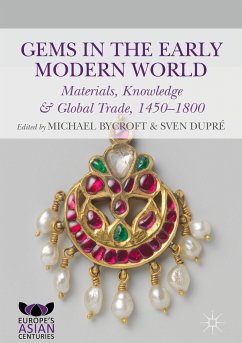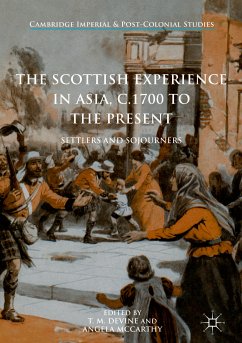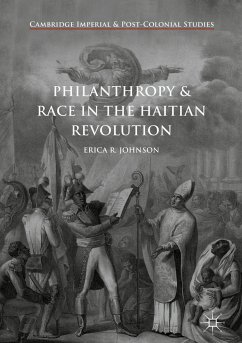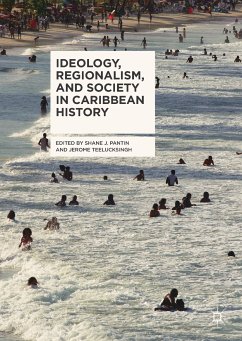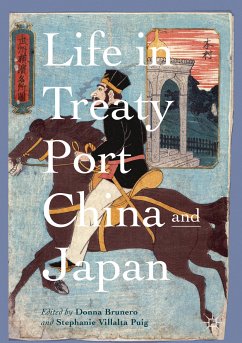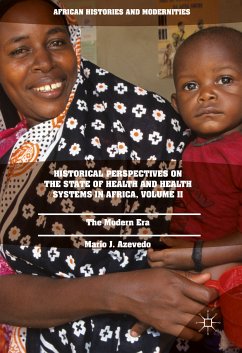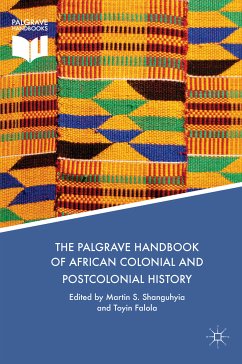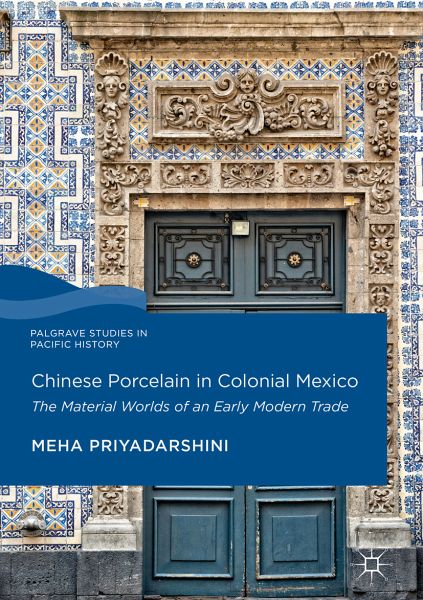
Chinese Porcelain in Colonial Mexico (eBook, PDF)
The Material Worlds of an Early Modern Trade
Versandkostenfrei!
Sofort per Download lieferbar
88,95 €
inkl. MwSt.
Weitere Ausgaben:

PAYBACK Punkte
44 °P sammeln!
Takes a local approach to a popular export product to explore the broader history of transpacific trade during the early modern period
Offers detailed accounts of several different sites of production, trade and consumption, from China to the Philippines and on to Mexico
Proposes a new perspective on the effect of increased connectivity between China and New Spain, charting both physical and demographic changes within cities and the isolation of other communities
Offers detailed accounts of several different sites of production, trade and consumption, from China to the Philippines and on to Mexico
Proposes a new perspective on the effect of increased connectivity between China and New Spain, charting both physical and demographic changes within cities and the isolation of other communities
Dieser Download kann aus rechtlichen Gründen nur mit Rechnungsadresse in A, B, BG, CY, CZ, D, DK, EW, E, FIN, F, GR, HR, H, IRL, I, LT, L, LR, M, NL, PL, P, R, S, SLO, SK ausgeliefert werden.



